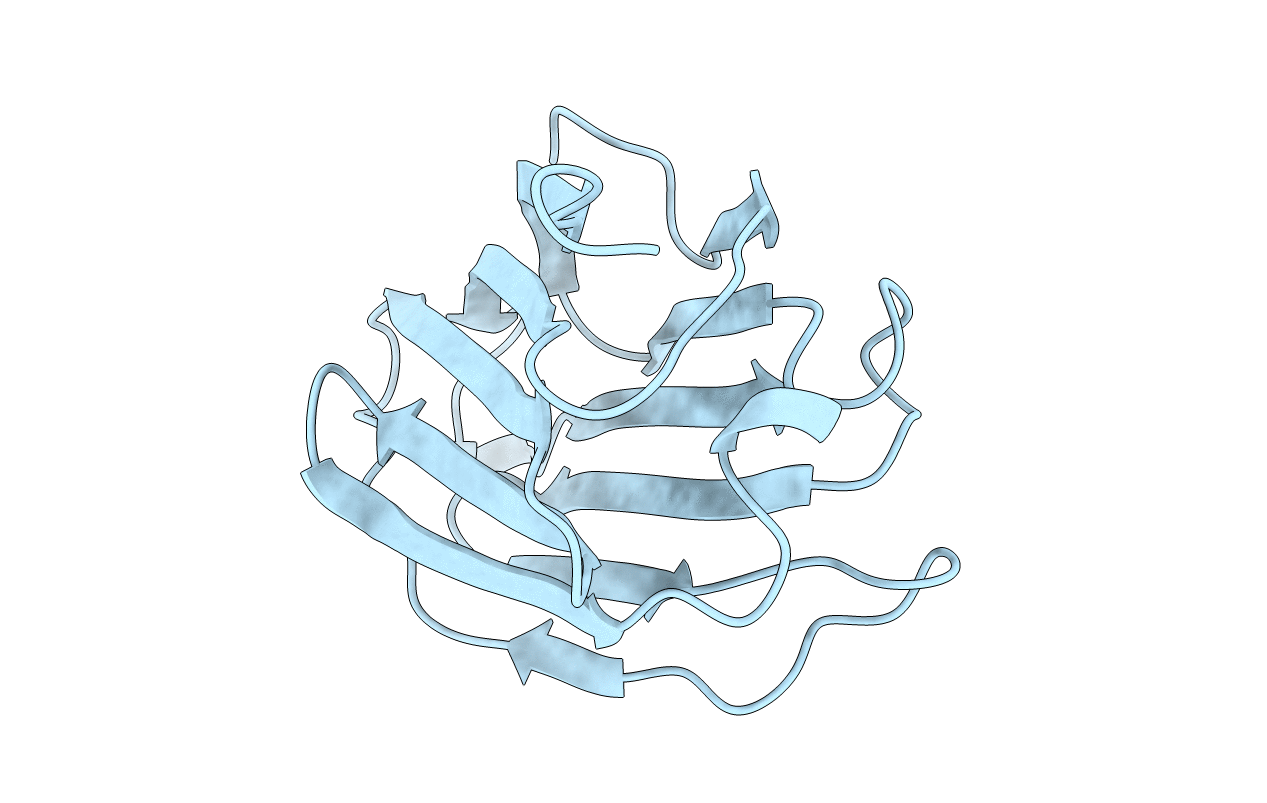
Deposition Date
1996-01-18
Release Date
1997-01-11
Last Version Date
2024-02-14
Method Details:
Experimental Method:
Resolution:
1.80 Å
R-Value Free:
0.25
R-Value Work:
0.20
R-Value Observed:
0.20
Space Group:
P 65 2 2


